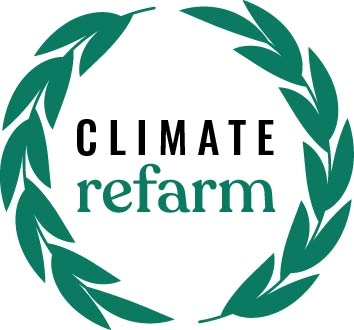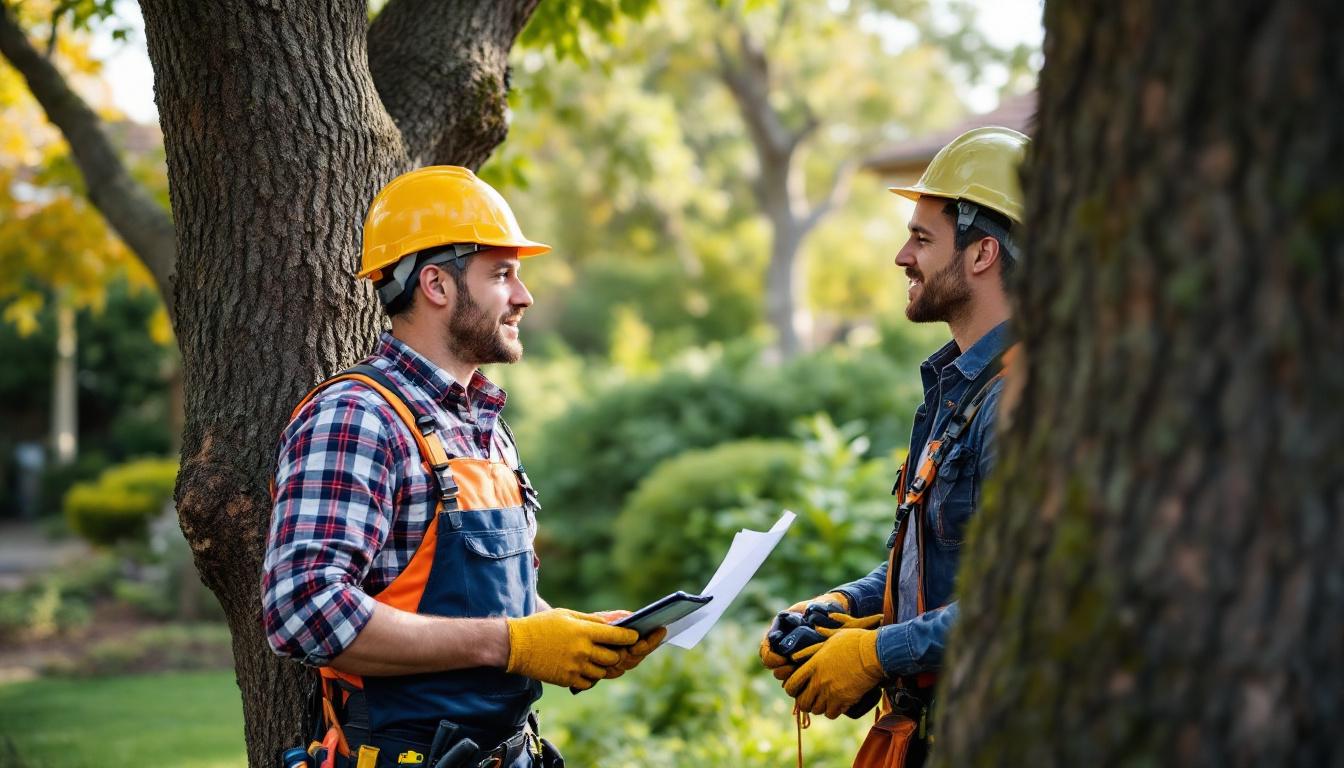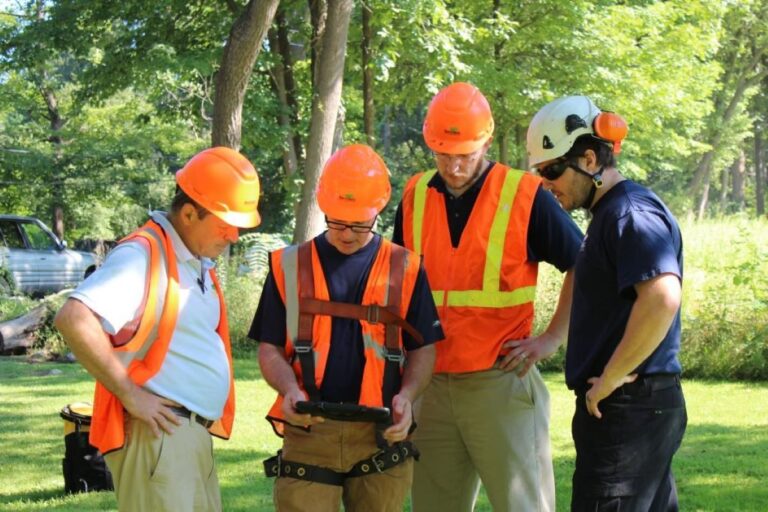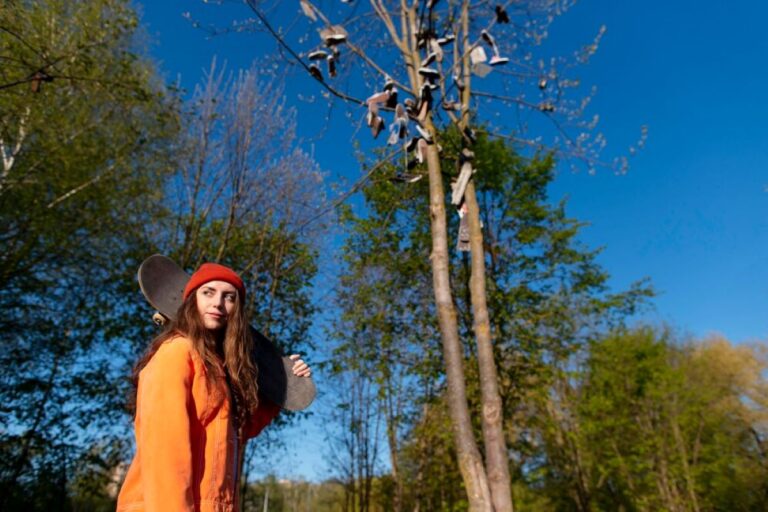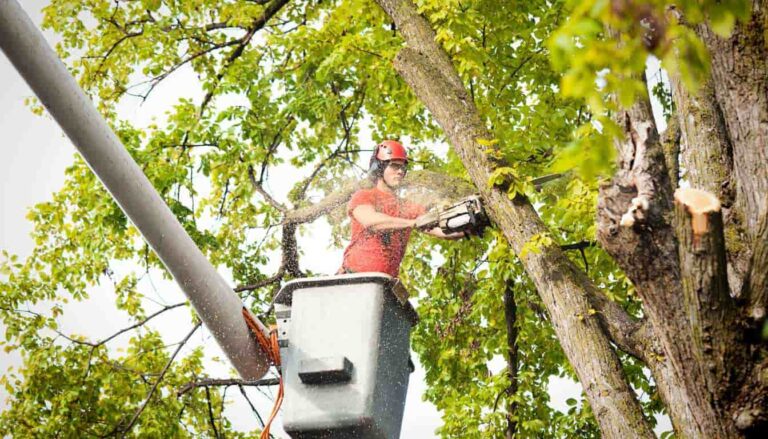Arborist Sydney: How to Read and Understand an Arborist Report
What Is an Arborist Report and Why Does It Matter in Sydney?
An arborist report Sydney is a comprehensive document prepared by a certified tree specialist that evaluates the health, structural integrity, and safety of trees on your property. This professional assessment provides detailed findings about each tree’s condition and offers expert recommendations for proper management.
The report serves three critical functions:
- Tree health assessment – Identifies diseases, decay, and overall vitality
- Safety evaluation – Determines risks to people, buildings, and infrastructure
- Legal compliance – Ensures adherence to local council regulations and Tree Preservation Orders
The importance of arborist report documentation becomes particularly evident in Sydney’s urban environment, where property development pressures meet strict environmental protections. Property owners, developers, and councils rely on these reports to make informed decisions about tree retention, removal, or maintenance. Without proper documentation, you risk hefty fines, project delays, or liability for tree-related incidents. Arborist Sydney professionals play a crucial role in preparing these reports in compliance with local council regulations. Sydney councils frequently require them before approving development applications or tree removal permits, making arborist reports essential for any property transaction or construction project.
Who Needs an Arborist Report and When Is It Required?
Property owners, developers, local councils, and insurance companies all require arborist reports for different purposes. Understanding arborist report requirements helps you determine whether your situation demands professional tree assessment.
Property owners need reports when planning renovations or addressing concerns about tree stability. In cases where a property has been affected by natural disasters, such as storms or fires, these reports become crucial. For instance, after a storm, storm recovery permitting may be required, which often includes an arborist report to assess tree damage and safety. Similarly, if a property is being sold or purchased post-fire, understanding the tree condition is vital for property value assessment. This is particularly relevant in situations outlined in the returning after fire FAQ, where tree safety could impact buyer decisions.
Developers must obtain development tree assessments before commencing projects that may affect existing trees. These assessments are essential in understanding the implications of construction on local flora.
Councils require these documents to evaluate permit applications and ensure compliance with local regulations. For example, when submitting tree removal permit applications for protected or significant trees, an arborist report is often a necessary component of the application process.
Insurance companies request reports when processing claims involving tree-related damage. This is especially relevant in scenarios involving storm damage or fallen branches as mentioned earlier. Such claims often necessitate a thorough risk mitigation assessment for trees near buildings or powerlines.
Common situations triggering the need for tree management Sydney documentation include:
- Construction and development projects where trees stand within or near the building envelope
- Tree removal permit applications submitted to local councils for protected or significant trees
- Insurance claims following storm damage, fallen branches, or property damage caused by trees
- Property sales and purchases where tree condition affects property value or buyer decisions
- Dispute resolution between neighbours regarding overhanging branches or root damage
- Risk mitigation assessments for trees near buildings, powerlines, or public spaces
What Are the Key Components of an Arborist Report?
A professional arborist report contains five essential sections that provide a complete picture of your trees’ condition and management needs. Each component serves a specific purpose in documenting tree assessment details and guiding property decisions.
1. Tree Identification and Location
This section records the species, size measurements (including DBH), and precise positioning of each tree using GPS coordinates or site maps. It creates a permanent reference point for future assessments.
2. Health and Condition Assessment
Here, the arborist evaluates the tree’s vitality through examination of foliage density, bark condition, and signs of disease or decay. Structural defects such as cavities, cracks, or weak branch unions that affect stability are also documented.
3. Tree Risk Evaluation
This part analyses potential hazards by assessing the likelihood of failure and identifying target zones where falling branches or trees could cause harm. It quantifies risks to people and property.
4. Management Recommendations
Specific actions required, from routine pruning schedules to emergency removal procedures, are outlined in this section. Each recommendation includes timeframes and priority levels.
5. Legal Compliance Information
Relevant council regulations, Tree Preservation Orders, and permit requirements affecting your property’s trees are detailed here.
How Do Arborists Assess Trees for Their Reports?
What methods do qualified arborists use to evaluate trees? Professional tree assessment combines multiple inspection techniques to build a comprehensive picture of each tree’s condition. Visual inspection forms the foundation, where arborists examine the trunk, branches, foliage, and root zone for signs of disease, decay, structural defects, or pest infestations.
Arborist tools in Sydney include specialised equipment for deeper analysis:
- Resistograph tests measure wood density by drilling a fine needle into the trunk, detecting internal decay invisible from outside
- Aerial inspections using rope access or elevated work platforms allow close examination of tall tree canopies
- Soil probes assess root health and growing conditions
- Moisture metres identify water stress or excessive moisture retention
Environmental context shapes every assessment. Arborists evaluate soil quality, drainage patterns, proximity to structures, exposure to wind, and available growing space. They consider recent weather events, nearby construction activity, and local pest pressures. A tree’s location relative to power lines, buildings, and pedestrian areas directly influences risk ratings and management recommendations in the final report.
What Common Terms Should You Understand When Reading an Arborist Report?
Canopy refers to the upper layer of branches and foliage forming the tree’s crown. Arborists assess canopy density, spread, and health to determine vigour and potential hazards from overhanging limbs.
DBH (Diameter at Breast Height) measures tree trunk diameter at 1.4 metres above ground. This standardised measurement helps arborists calculate tree age, structural capacity, and protection zone requirements under Sydney council regulations.
Target zone identifies the area where tree failure could cause harm or damage. Arborists map these zones to assess risk levels, considering proximity to buildings, pathways, and public spaces.
Structural root zone (SRZ) defines the critical area around the trunk containing major structural roots. Understanding SRZ boundaries proves essential during construction projects, as root damage within this zone compromises tree stability.
Tree Protection Zone (TPZ) establishes the minimum area requiring protection during development. Sydney councils enforce TPZ guidelines based on DBH measurements, typically calculated as 12 times the trunk diameter.
These terms form the foundation of any arborist report glossary, enabling property owners to interpret assessment findings and management recommendations accurately. Visit https://www.cityservices.act.gov.au/trees-and-nature/trees/tree-protection-laws to get more about tree protection laws.
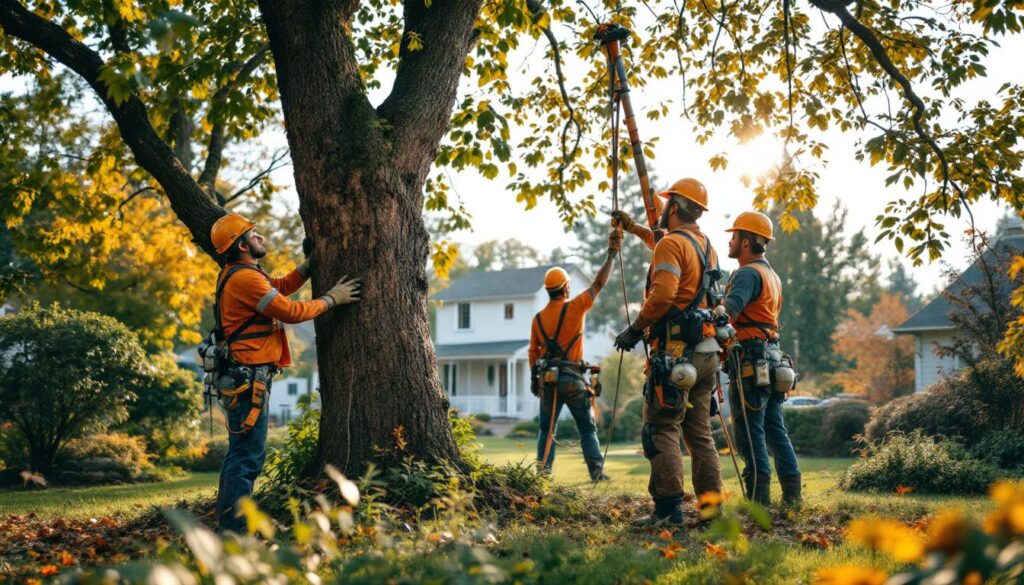
How Can You Interpret the Tree Health and Condition Section?
What signs indicate a tree’s health status in an arborist report? The tree health assessment Sydney section details visible symptoms like leaf discolouration, premature leaf drop, dead branches, and fungal growth on bark or roots. These indicators reveal underlying issues requiring attention.
Key health markers to examine:
- Foliage density and colour – Sparse canopy or yellowing leaves suggest stress or nutrient deficiency
- Bark condition – Cracks, wounds, or missing bark expose trees to infection
- Root zone – Soil compaction or visible root damage affects stability
- Pest or disease presence – Borers, scale insects, or fungal bodies indicate active threats
What does structural integrity assessment reveal? The structural integrity of trees section evaluates trunk stability, branch attachment strength, and lean angles. Arborists note cavities, decay pockets, or co-dominant stems that compromise strength. Disease detection methods identify pathogens like root rot or canker that weaken wood fibres internally, creating failure risks even when external appearance seems healthy. Check out more about Tree Pruning Sydney: How Often Should You Prune Native Australian Trees?
What Does a Tree Risk Assessment Cover and Why Is It Important?
Does the risk assessment predict when a tree might fail? The tree risk analysis evaluates two critical factors: the likelihood of failure and the potential impact if failure occurs. Arborists examine structural defects like cracks, decay, weak branch unions, and root problems that could lead to collapse. They also identify the target zone—the area where falling branches or trunks could cause harm.
Why should Sydney property owners prioritise this section? This assessment directly protects people and property from tree safety Sydney hazards. A tree with high failure likelihood near a playground or driveway poses immediate danger, while a similar tree in an isolated area presents minimal risk.
The report assigns risk ratings (low, moderate, high, extreme) based on:
- Structural integrity of trunk and branches
- Root stability and soil conditions
- Environmental stressors (wind exposure, recent storms)
- Proximity to buildings, roads, and pedestrian areas
These ratings guide urgent action decisions, helping property owners understand which trees require immediate attention versus routine monitoring.
What Should You Look for in the Recommendations for Tree Management?
Does the recommendations section provide clear, actionable steps for your trees? This part of the report translates technical findings into practical tree management advice you can implement immediately.
1. Pruning recommendations
Pruning recommendations Sydney arborists provide typically specify which branches require removal, the pruning method needed (crown reduction, deadwooding, or formative pruning), and the urgency of work. For example, a report might recommend removing deadwood within 30 days to prevent branch failure during storms.
2. Tree removal guidance
Tree removal guidance appears when a tree poses unacceptable risk or is beyond remediation. The report will justify removal with evidence from health and risk assessments, noting whether immediate action is necessary or if the tree can remain temporarily with monitoring.
3. Structural support options
Structural support options like cabling or bracing are recommended for trees with weak branch unions or split trunks that can be preserved.
4. Treatment recommendations
Treatment recommendations address specific issues—fungal infections might require soil improvement and targeted pruning, whilst pest infestations need appropriate intervention methods.
5. Timeframes for actions
Each recommendation includes timeframes (urgent, short-term, long-term) helping you prioritise actions and budget accordingly.
The guidance considers both tree preservation and safety, giving property owners a clear roadmap for responsible tree care decisions.
How Do Legal and Compliance Details Affect Your Tree Management Decisions?
Does your arborist report include legal requirements that could impact your plans? The legal and compliance section outlines council regulations trees and tree preservation orders Sydney that directly determine what actions you can legally take with your trees.
Sydney councils enforce strict legal requirements arboriculture through Development Control Plans (DCPs) and Local Environmental Plans (LEPs). These regulations specify which trees require permits for removal, pruning restrictions, and mandatory protection zones during construction. Your report identifies whether trees fall under these protections, particularly if they exceed certain size thresholds or belong to protected species.
Tree Preservation Orders (TPOs) prohibit removal or significant pruning without council approval. Your report clearly states if any trees carry this designation, affecting your ability to proceed with planned work.
Non-compliance carries serious consequences:
- Fines ranging from $1,100 to $1.1 million for individuals
- Court-ordered tree replacement at your expense
- Stop-work orders on construction projects
- Potential criminal prosecution for severe breaches
The compliance section guides you through obtaining necessary permits and approvals before proceeding with any tree work.
How Can You Choose a Qualified Arborist in Sydney to Get a Reliable Report?
A certified arborist Sydney should hold a Diploma in Arboriculture (AQF Level 5) as their minimum educational qualification. This credential demonstrates comprehensive training in tree biology, assessment techniques, and risk management.
Membership in professional arboriculture bodies provides additional assurance of expertise. Arboriculture Australia represents the peak industry organisation, with members adhering to strict codes of practice and continuing professional development requirements. Look for arborists displaying their membership credentials and current insurance documentation.
When hiring arborists, request evidence of:
- Formal qualifications and certification numbers
- Public liability insurance (minimum $10 million coverage)
- Professional indemnity insurance
- Recent examples of similar reports
Report costs vary significantly based on property size, tree numbers, and assessment complexity. A single-tree inspection typically ranges from $250-$500, whilst comprehensive property assessments involving multiple trees, detailed risk analysis, or specialised testing equipment command higher fees. Complex reports requiring resistograph testing or aerial inspections increase costs but deliver thorough documentation essential for development applications or legal proceedings.
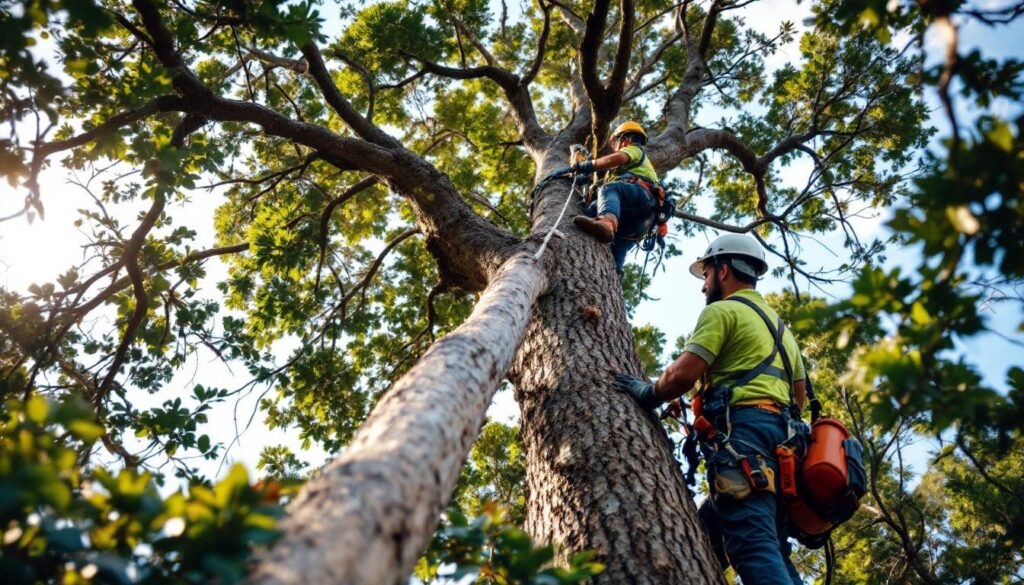
Why Understanding Your Arborist Report Is Essential And What Steps To Take Next?
Does understanding your arborist report really make a difference to property safety and tree health? Absolutely—comprehending your report transforms it from a technical document into an actionable roadmap for safe tree management and informed decision-making about your property’s green assets.
Understanding arborist reports Sydney property owners receive empowers you to:
- Identify urgent safety concerns requiring immediate attention
- Budget appropriately for recommended tree maintenance work
- Communicate effectively with contractors about specific tree care needs
- Comply with local council regulations and avoid costly penalties
- Protect property value by maintaining healthy, well-managed trees
What immediate actions should you take after receiving your report? Review the risk assessment section first, addressing any high-risk trees promptly. Schedule recommended maintenance work according to priority levels specified by your arborist. Keep the report accessible for council applications, insurance purposes, or future property transactions.
Ready to ensure your trees receive expert assessment and care? Don’t leave tree safety to chance or attempt DIY interpretations of complex tree health issues. Contact certified arborists in Sydney today for a comprehensive, reliable report tailored to your property’s specific needs. Professional arborists provide the expertise necessary for next steps tree care, protecting both your investment and the people around your property. Schedule your professional tree assessment now and gain peace of mind through expert guidance.
FAQs About Arborist Reports in Sydney
An arborist report is a detailed document prepared by a qualified tree specialist that evaluates the health, safety, and compliance status of trees on your property.
2. Who needs an arborist report?
Property owners, developers, councils, and insurance companies often require arborist reports for property development, permit applications, or tree-related damage claims.
3. When is an arborist report required in Sydney?
You need an arborist report before construction, property sales, or applying for tree removal permits—especially if protected or significant trees are involved.
4. What does an arborist report include?
It covers tree identification, health and structural assessments, risk evaluation, management recommendations, and legal compliance information.
5. How do arborists assess trees for these reports?
They use visual inspections, resistograph testing, soil analysis, and aerial evaluations to assess tree health, stability, and environmental conditions.
6. Why is a tree risk assessment important?
It identifies trees that could pose safety risks to people or property, helping you take preventive action before damage occurs.
7. How much does an arborist report cost in Sydney?
Prices typically range from $250 to $500 for single-tree inspections, with higher costs for complex or multi-tree property assessments.
8. What are Tree Preservation Orders (TPOs)?
TPOs are legal protections preventing the removal or heavy pruning of certain trees without council approval—violations can result in heavy fines.
9. How can I hire a qualified arborist in Sydney?
Choose an AQF Level 5 certified arborist who holds insurance, professional memberships, and experience preparing council-compliant reports.
